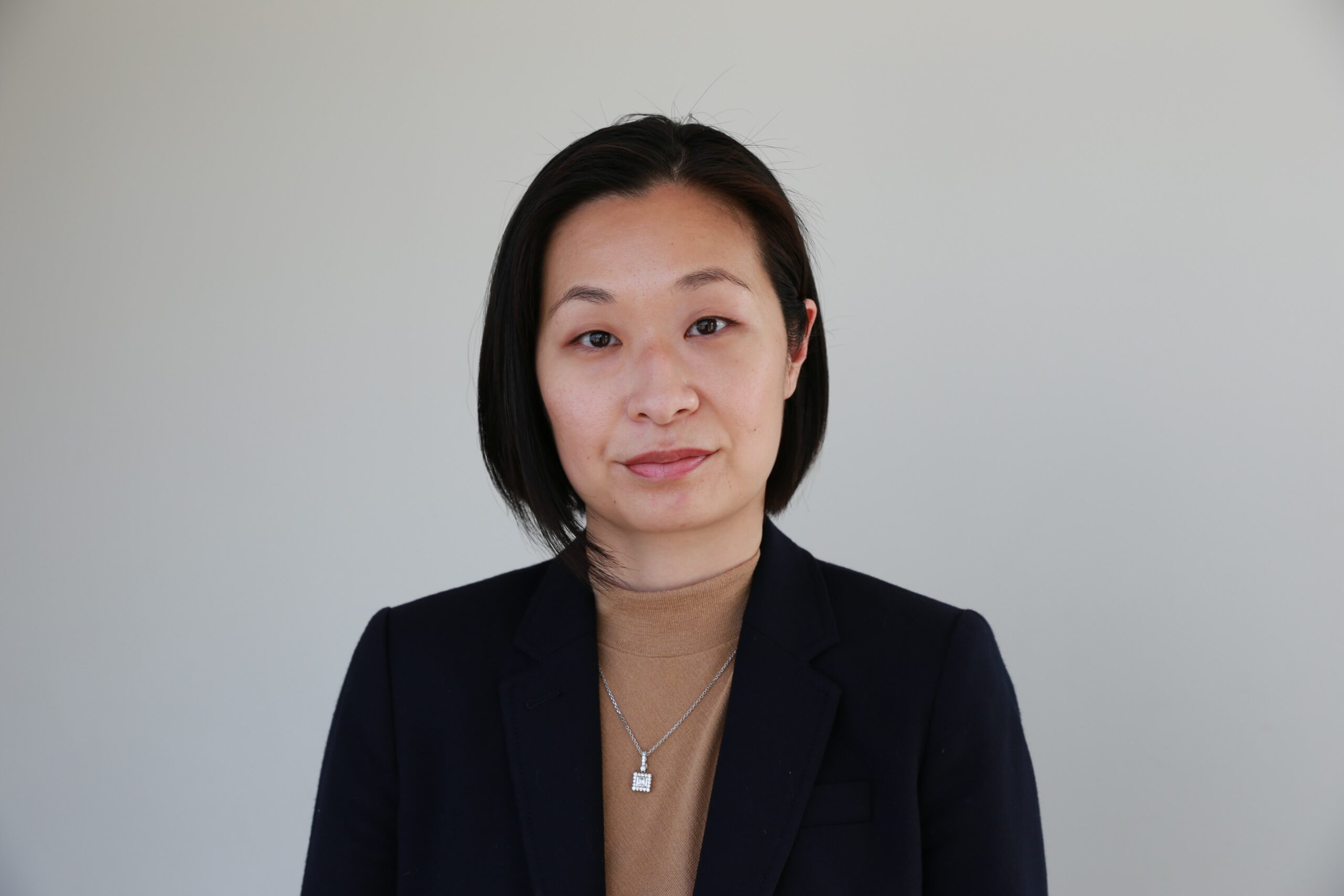The future arrived ahead of schedule. The past year and a half of the coronavirus pandemic has accelerated existing workforce trends and magnified others beyond recognition. A hybrid workspace, technological advancements, expectation of a diverse workforce and the constant need to upskill are here to stay. Yet higher education — the industry tasked with preparing the next generation of professionals — has been the most resistant to change.
Numerous universities still rely on course management systems that haven’t been updated since the 1990s, lack diversity in their student body and faculty and operate with a rewards system that can be at times problematic, e.g., tenure. An alarming trend revealed by a new Cengage Report shows that college graduates are entering the workforce feeling underprepared and questioning the real value of their education.
Leaders in higher education know that the additional challenges presented by the pandemic are piling on top of an existing array of problems that has been growing over time. These include “the looming enrollment crisis, the high cost of higher education, intractable student debt, the corporatization of education, limited learning on campus, and a general loss of faith in higher education among many sectors of the nation.” Simply cutting down on budgets and restructuring internally will not ensure that colleges and universities are living up to their purpose long-term.
It’s time for bolder changes, based on behavioral science, that will have long-lasting success. Below, I share insights I have gained based on my personal experience as an executive who transitioned from a tenure-track faculty position, as well as a behavior change expert, on three areas where higher education must evolve to meet the changing needs for the future of work, and the critical advantages of establishing connections to the corporate learning and development industry.
Create shared language across disciplines
According to new research from Burning Glass, the top two skills employers want new employees to have are communication and team skills. One way to enhance both these skills is to teach students how to effectively work cross-functionally. The ability to work with different teams in sales, marketing and operations has been the single most valuable skill I have encountered during my transition into industry. The future of work will continue to demand this ability. One way is to strategically connect the skills that are being taught within higher education to the needs of industry and employers. Partnerships with industry leaders are a start but change should start from within, and higher education leaders must more intentionally prepare students to work across disciplines.
Researchers refer to this ability to connect the dots as “transfer.” For example, students are taught about the concept of “learning” in the context of different concentrations, but they are rarely taught how this concept is labeled elsewhere. “Learning” in psychology is akin to the concept of socialization in sociology, adaptation in biology, and acculturation in anthropology. However, the lack of common or shared language between disciplines disrupts transfer. Higher education professionals should also create programs where different disciplines can bridge and help scaffold transfer so students can develop a shared language.
Prioritize research labs to teach problem-solving
Employers are also looking for new hires to problem-solve, plan and troubleshoot. These skills are inherent to the research process, and higher education institutions would do their students and future alumni a disservice by eliminating these learning opportunities during budget cuts. Even institutions that are not classified as “Research I” or do not identify themselves as “research-heavy” should still incorporate research into their learning strategy.
Research is not only the hub of innovation that motorizes creativity and critical thinking, it also allows for hands-on practice which enhances students’ ability to deepen their understanding of key material.
Research on “growth mindset” — or the belief that skills can be developed through effort — shows that the process of working toward a discovery is sometimes more valuable than the outcome itself. Lab work provides the space and time to collaborate with other students and faculty to work out the problems in an applied manner that large lecture halls do not deliver, thereby developing those crucial problem-solving skills necessary for the workforce. All colleges and universities should prioritize research to set their students up for success in any industry.
Research labs can collaborate with industry leaders on creating and developing surveys, metrics, diagnostics/assessments, for instance, and work together on analysis and coming up with best practices based on data. Intentional collaboration can be done to benefit both researchers’ and industry leaders’ agenda.
Actively promote inclusion, not just diversity
As organizations express a renewed focus on diversity, equity and inclusion efforts, this trend should also extend to the values and real practices of higher education. Specifically, universities and colleges should adopt policies that focus on inclusion for faculty and students, which is a step beyond efforts to increase diversity.
Historically, the higher education industry has struggled to retain faculty of color, and especially women of color, who are paid the least, while also engaging in the most invisible and emotional labor. Recent analysis shows a large gap between how white and non-white professors experience DEI efforts on campus that indicates a sense from non-white faculty that inclusion is currently more of an illusion than a reality. And, the lack of diversity among faculty negatively impacts students of color, especially when they do not see themselves represented by their educators.
A simple behavior that promotes psychological safety is to actively solicit feedback, especially from people of color. When people feel they can share openly, the more they will feel heard. But, after this, it is crucial to follow through and follow-up. If there are ways to initiate changes that have been mentioned in the conversation then follow-through and take action. If immediate action is not possible, then follow-up and be honest and transparent about the process. The worst way would be to emotionally drain faculty of color to elicit their painful experiences then remain silent.
Corporate leaders can partner with higher education by providing internships and consulting opportunities to local colleges and universities. That way, students from diverse backgrounds are exposed to opportunities early on in the talent pipeline and corporate leaders have access to them. Partnerships can be synergistic if the approach is more intentional.
Change can and must start from within the ivory tower. Higher education and corporate L&D leaders alike can seize the opportunity now to ensure success is within grasp for the future.















